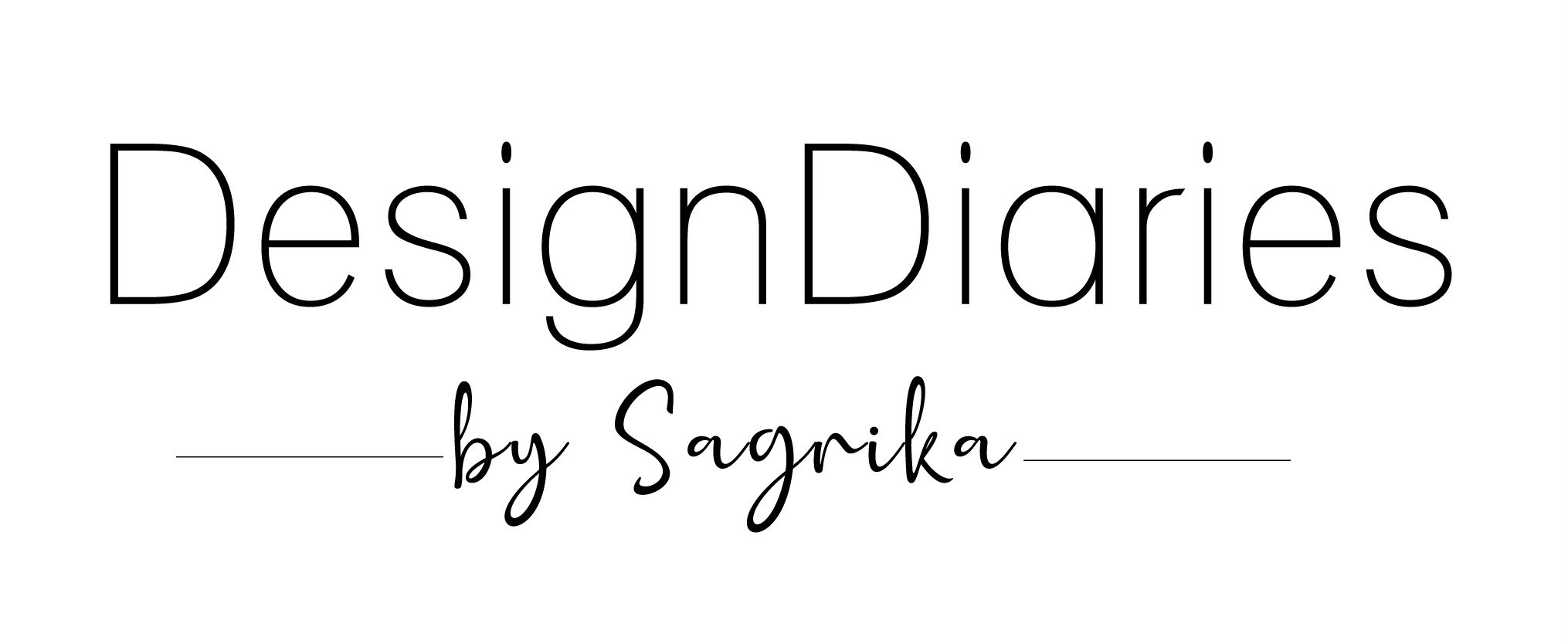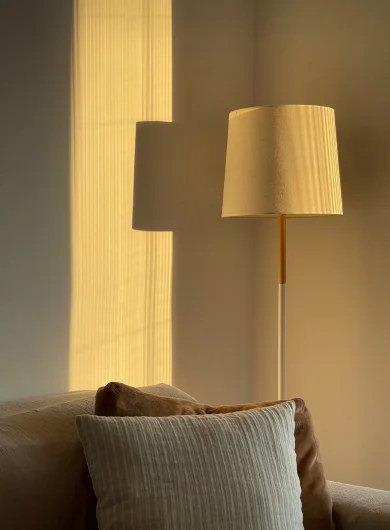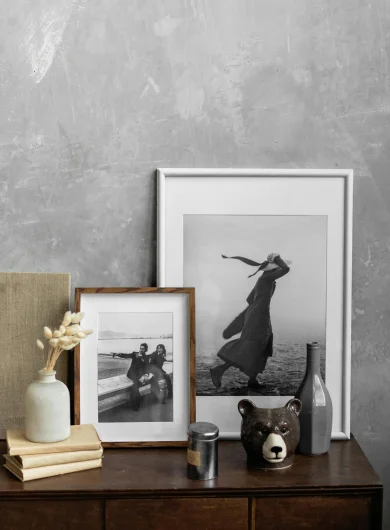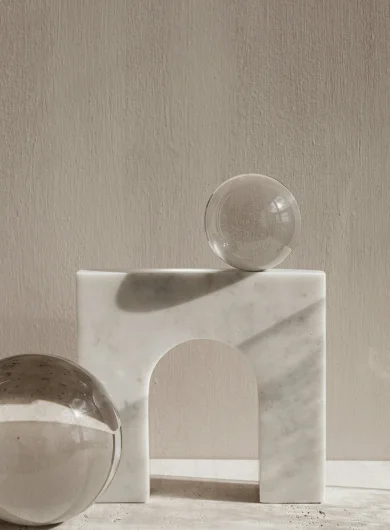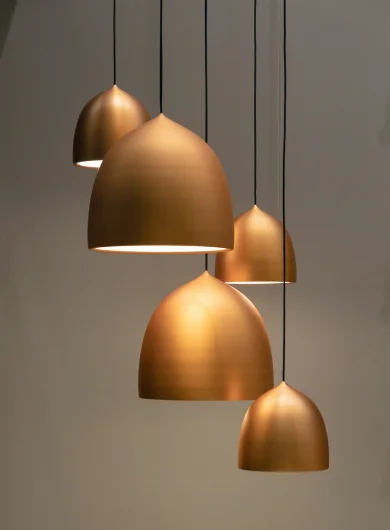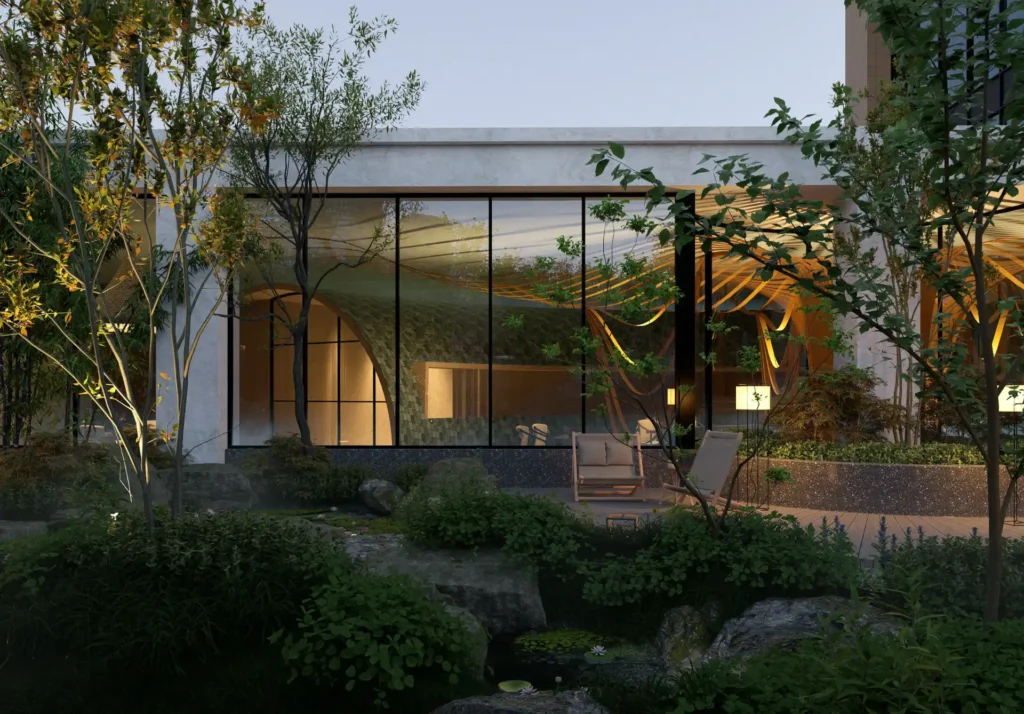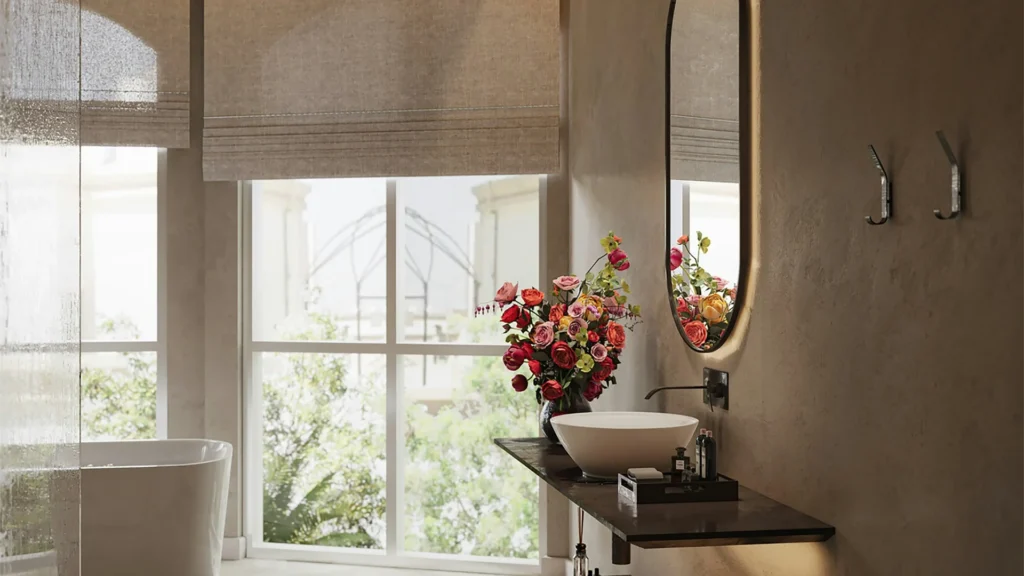Explore the emotional impact of color in design, learning how different hues can influence mood and create the desired atmosphere in your home.
Understanding how colors affect our emotions can transform interior design, allowing us to create spaces that influence mood and behavior. Let’s explore how different hues impact our feelings and how you can harness color psychology to enhance your living environment.
Color Theory Basics
Color theory delves into how colors interact and their psychological effects. By applying this knowledge, you can design spaces that cater to your emotional needs. For instance, understanding the calming effects of blues and the energizing properties of yellows helps in creating environments tailored to specific purposes, such as relaxation or productivity.
Creating Calm
To foster a tranquil atmosphere, incorporate cool tones like soft blues, greens, and lavenders. These colors are known for their calming and soothing effects, making them ideal for bedrooms and relaxation areas. They can help lower stress levels and promote a peaceful environment conducive to unwinding after a long day.
Understanding the Emotional Impact of Colors
Colors have a profound influence on our emotions and perceptions, shaping how we experience our environments. Each hue can evoke specific feelings and moods: cool colors like blues and greens tend to promote calmness and relaxation, making them ideal for spaces designed for unwinding or contemplation. In contrast, warm colors such as reds and yellows can energize and stimulate, often fostering a sense of enthusiasm and creativity. By thoughtfully incorporating these colors into your interior design, you can create spaces that not only enhance aesthetic appeal but also support and reflect your desired emotional atmosphere.
Using Cool Tones to Foster Relaxation
Cool tones aren’t just aesthetically pleasing—they actively contribute to a calming atmosphere. Shades of blue and green, for example, can lower heart rates and reduce anxiety, making them perfect for spaces where serenity is desired. By strategically placing these hues in your interior design, you create a sanctuary that encourages relaxation and mental clarity.
Energizing Spaces
Warm colors, such as oranges, reds, and yellows, can invigorate and energize a space. These hues stimulate activity and can boost creativity and enthusiasm, making them suitable for home offices or workout areas. By integrating warm colors, you infuse your environment with vitality and motivation, enhancing productivity and engagement.
Warm colors can bring dynamism and warmth to your space. Whether through vibrant accent pieces or bold wall colors, incorporating these hues can invigorate a room and create an atmosphere full of energy. These colors are particularly effective in areas designed for social interaction and creative endeavors, providing a lively and stimulating environment.
Incorporating Warm Colors for a Vibrant Feel
By understanding the psychological effects of colors, you can make informed design choices that align with your desired mood and functionality. Using color strategically in your interior design allows you to create spaces that not only look beautiful but also support your emotional well-being and enhance your daily life.

